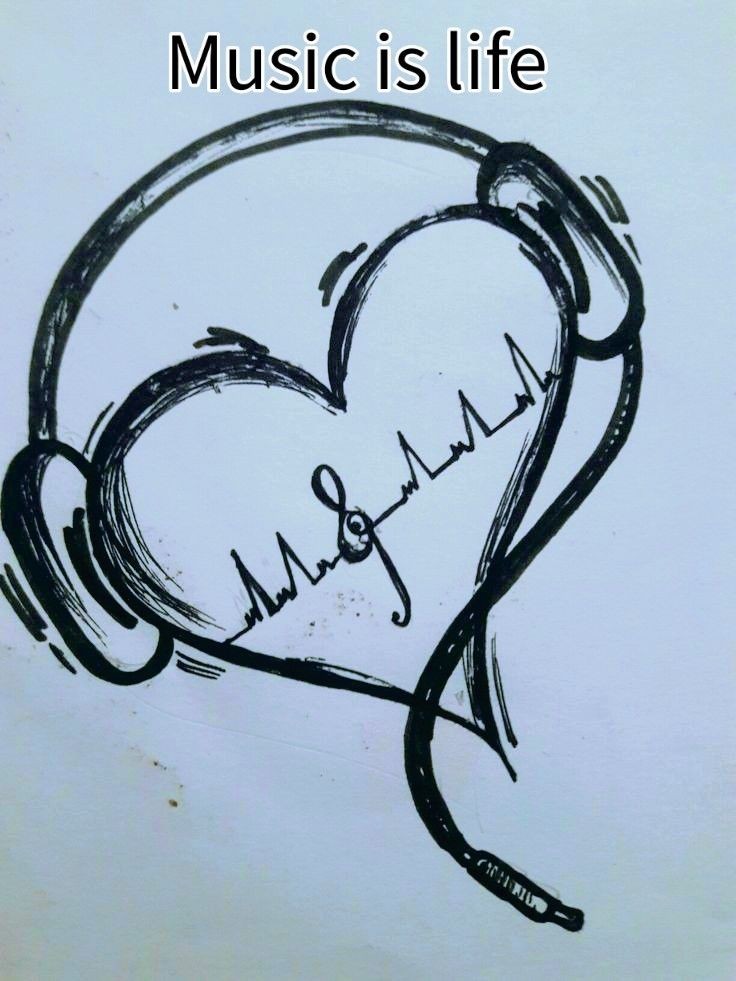**Art Inspired by Music: The Harmonious Fusion of Sound and Visuals**
Art and music have long been intertwined, each influencing and enhancing the other in profound ways. The concept of “Art Inspired by Music” captures this dynamic relationship, illustrating how musical compositions can evoke powerful visual imagery and inspire artists to translate sound into color, form, and texture. This article explores the rich tradition of creating art inspired by music, examining historical examples, contemporary practices, and the profound impact this fusion has on both artists and audiences.
### **The Historical Connection Between Art and Music**
The relationship between art and music is as old as human culture itself. Historically, the two have often been seen as complementary forms of expression:
- **Ancient Civilizations**: In ancient Greece and Rome, music and visual arts were integral parts of religious and cultural rituals. For example, the Greeks believed in the muses, goddesses who inspired both music and the visual arts. Temples and public spaces often featured artwork that depicted musical scenes or celebrated musical deities.
- **Renaissance Era**: During the Renaissance, artists like Leonardo da Vinci and Michelangelo were influenced by the harmony and structure of music. This period saw the blending of art and music in various forms, including opera and illustrated manuscripts.
- **Romantic Period**: The Romantic era brought a heightened emotional intensity to both art and music. Composers like Richard Wagner and artists like J.M.W. Turner explored the emotional and atmospheric connections between their respective mediums, creating works that reflected the deep emotional currents of the time.
### **The Evolution of Music-Inspired Art**
The fusion of art and music has evolved through various artistic movements and styles, each bringing its own unique perspective:
#### **1. Abstract Expressionism**
- **Jackson Pollock and Wassily Kandinsky**: Abstract Expressionism emerged in the mid-20th century, characterized by its focus on the spontaneous and emotional aspects of creation. Artists like Jackson Pollock and Wassily Kandinsky were deeply influenced by music. Pollock's "drip" paintings, with their chaotic energy, were inspired by jazz music, while Kandinsky’s abstract works were directly influenced by his synesthetic experiences, where he perceived colors and shapes in response to musical sounds.
#### **2. Surrealism**
- **Salvador Dalí and Max Ernst**: Surrealism, which emerged in the early 20th century, often explored the unconscious mind and dreams. Artists like Salvador Dalí and Max Ernst created works that were influenced by the rhythms and themes of contemporary music. The unpredictable and dreamlike quality of surrealist art reflects the complex and often chaotic nature of music.
#### **3. Pop Art**
- **Andy Warhol and Roy Lichtenstein**: In the 1960s, Pop Art artists like Andy Warhol and Roy Lichtenstein drew inspiration from popular culture, including music. Warhol’s works featured icons of the music industry, such as Marilyn Monroe and Elvis Presley, while Lichtenstein's comic-style art often reflected the bold, graphic quality of pop music.
### **Contemporary Practices in Music-Inspired Art**
In the contemporary art world, the fusion of music and visual art continues to thrive and evolve, with artists exploring new and innovative ways to integrate these two forms of expression:
#### **1. Multimedia and Digital Art**
- **Interactive Installations**: Modern artists use digital technology to create interactive installations where sound and visuals are intertwined. For example, artists might design immersive environments where viewers can manipulate sound and light through motion sensors, creating a dynamic interplay between music and visual art.
- **Generative Art**: Some contemporary artists employ algorithms and data visualization techniques to translate musical compositions into visual patterns. Generative art projects use software to create visual representations of music, often producing intricate and mesmerizing patterns based on the rhythms and melodies of a piece.
#### **2. Live Performances and Art Installations**
- **Concert Visuals**: Many musicians collaborate with visual artists to create live performances that combine music with visual art. These performances might include projections, light shows, and animated visuals that respond in real-time to the music, enhancing the overall sensory experience.
- **Art Exhibitions**: Some art exhibitions are dedicated to exploring the relationship between music and visual art. These exhibitions often feature works that are inspired by specific musical pieces or genres, offering visitors a chance to experience the intersection of sound and vision in a curated environment.
### **The Impact of Music-Inspired Art on Audiences**
Art inspired by music has a profound impact on both creators and audiences, offering unique ways to experience and interpret artistic expressions:
#### **1. Emotional Resonance**
- **Enhanced Experience**: Music-inspired art can deepen the emotional impact of both music and visual art. For viewers who experience synesthesia, the blending of musical and visual stimuli can create a richer and more immersive experience.
- **Personal Connection**: Art inspired by music allows individuals to connect with the emotional and thematic content of a musical piece in a new and personal way. The visual representation of music can evoke memories, feelings, and associations that enhance the viewer’s understanding and appreciation of both art forms.
#### **2. Creative Inspiration**
- **Cross-Disciplinary Influence**: The fusion of music and art encourages cross-disciplinary collaboration and innovation. Artists and musicians working together can push the boundaries of their respective mediums, resulting in groundbreaking and influential work.
- **New Perspectives**: By exploring the relationship between sound and visuals, artists and audiences can gain new insights into the nature of creativity and the ways in which different forms of expression can interact and inspire one another.
### **Conclusion**
“Art Inspired by Music” represents a vibrant and evolving intersection of creative expression that bridges the gap between auditory and visual experiences. From historical influences to contemporary innovations, the relationship between music and art continues to inspire and captivate. By exploring the ways in which music influences visual art and vice versa, we gain a deeper appreciation for the complexity and beauty of both mediums. As artists and audiences continue to explore this dynamic fusion, the possibilities for new and exciting forms of expression are limitless, offering endless opportunities for creativity and inspiration.
#drawingidea






